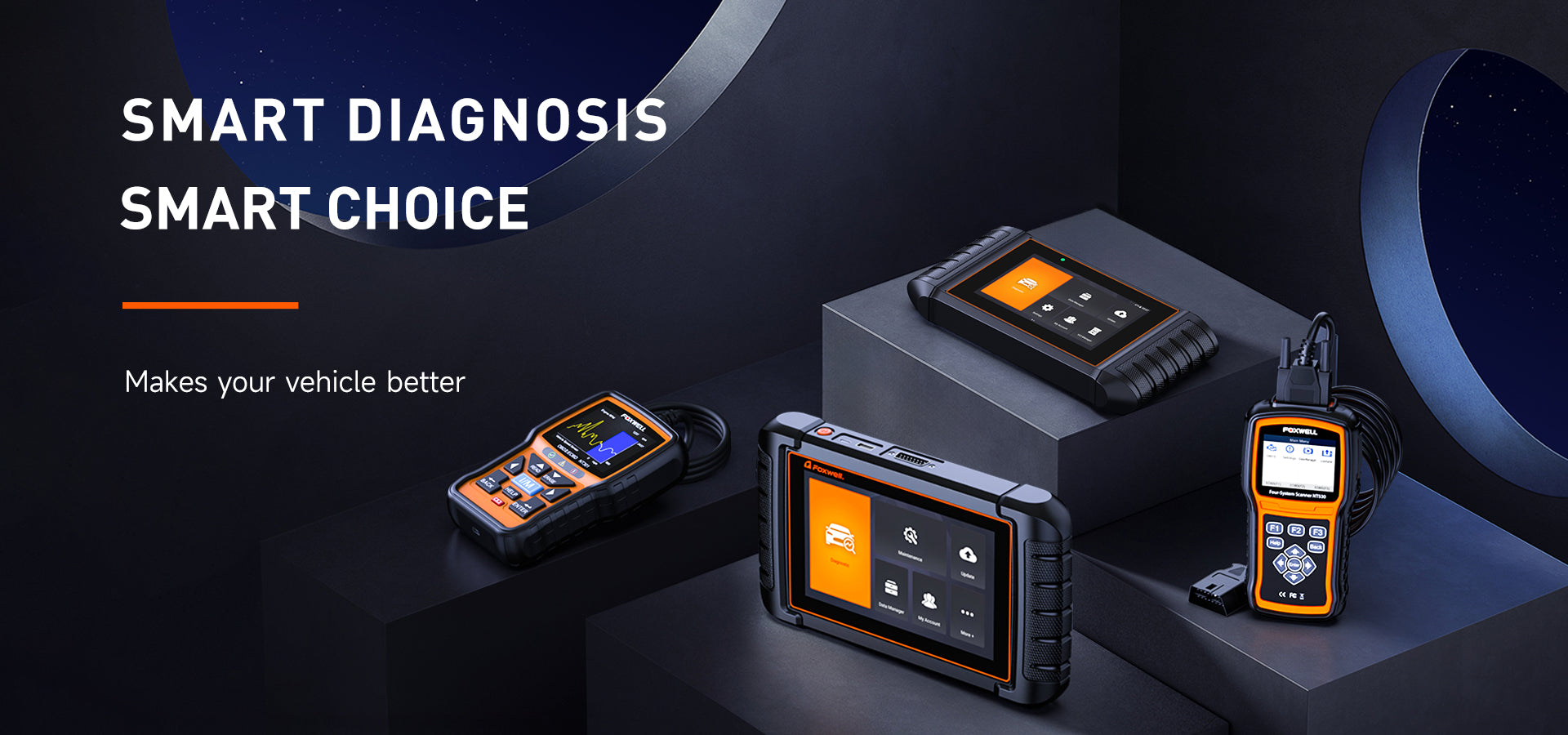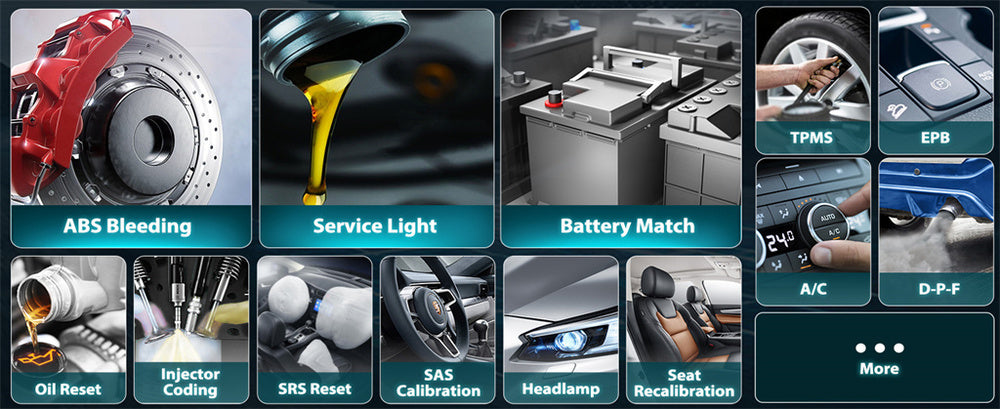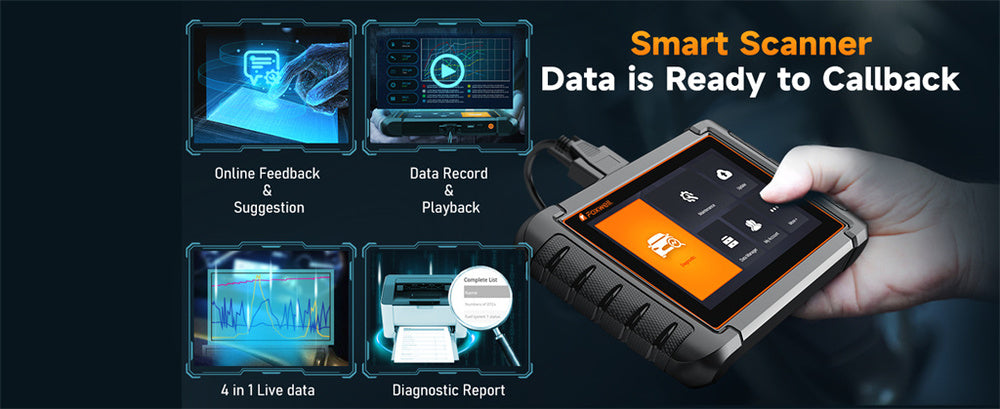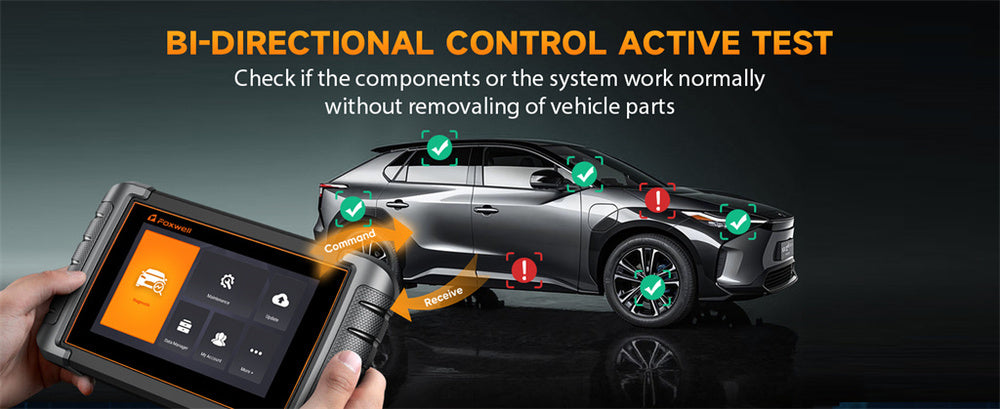As vehicles have become more sophisticated with increasingly complex electronic systems, an obd2 diagnostic scanner has become a crucial tool for professional mechanics and DIY enthusiasts.
These devices provide valuable insights into a vehicle's performance and diagnosis by reading and clearing diagnostic trouble codes. One common concern among users of OBD2 scanners is whether their use will damage an Engine Control Unit .
While such damage is rare, improper usage could cause issues within the ECU itself; we will explore this concern more fully here, identify any associated risks, and offer tips for using OBD2 scanners safely.
The Relationship Between the ECU and OBD2 Scanner

The ECU and OBD2 Scanner: How They Interrelate Engine Control Units (ECU) are key components in modern vehicles.
They control engine functions such as fuel injection, ignition timing, emissions management, and more. With data coming in from numerous sensors, the ECU adjusts engine operation to optimize performance and efficiency, ensuring optimal performance and fuel consumption.
An OBD2 scanner connects to the vehicle's OBD2 port, usually under the dashboard, and communicates with its ECU to access diagnostic information, such as trouble codes and real-time data that can help pinpoint issues and monitor vehicle health.
In essence, an OBD2 scanner acts as a bridge between the user and ECU, offering access to and interpretation of its complex data management systems.
Can an OBD2 Scanner Damage the ECU?
Although rare, incorrect usage of an OBD2 scanner could damage an ECU. Here are a few scenarios where damage might occur:
Low-Quality Scanners: Opting for an OBD2 scanner incompatible with your vehicle or of poor quality could prove troublesome. Poorly constructed scanners could transmit incorrect data to or receive it from the ECU, potentially leading to malfunctions and damages. Therefore, you must select one with proven reliability tailored to your vehicle's make and model.
Improper Programming: Modern OBD2 scanners feature programming features that allow users to make adjustments in the ECU.
However, incorrect programming or unauthorized changes to critical parameters could disrupt its functions and cause performance or damage issues or worse. For example, changing fuel maps or ignition timing without proper knowledge could adversely affect an engine's performance and lifespan.
Firmware Updates: Some OBD2 scanners can update vehicle firmware. If this update process is interrupted or incorrect firmware is installed, it can corrupt ECU software and cause significant problems, resulting in your vehicle not starting, running poorly, or showing other erratic behaviors.
Electrical Interference: Misusing OBD2 scanners while the vehicle is running can result in electrical interference or surges that could damage the vehicle's ECU, leading to a potential malfunction. Therefore, when connecting or disconnecting scanners from OBD2, always ensure the car is turned off first to avoid electrical spikes that might harm sensitive electronic components.
Safe Practices for OBD2 Scanning
To minimize any risk to your vehicle's ECU when using an OBD2 scanner, follow these best practices:
Choose a Reputable Scanner: When shopping for OBD2 scanners, ensure they are from reputable manufacturers like Foxwell,which is known for producing reliable devices compatible with various makes and models of vehicles. Reading reviews or consulting forums will assist in making an informed decision about this investment.
Read the Manual:Before using an OBD2 scanner, please carefully read and understand its user manual.Get acquainted with its functions and limitations so you can follow the manufacturer's instructions without accidental misconfigurations.
Familiarize yourself with interface features to avoid equipment misconfigurations.
- Avoid Unnecessary Programming: If you're unfamiliar with vehicle programming, avoid making changes to ECU settings without first consulting a professional mechanic or possessing all the knowledge and tools necessary to perform advanced programming tasks properly. Errors could result in costly repairs or irreversible damage; take extra caution if programming mistakes could affect you directly.
- Disconnect Properly: Before connecting or disconnecting an OBD2 scanner, always switch off the vehicle first to prevent electrical surges that could potentially harm its ECU and other electronic components. Also, ensure that it remains securely attached to avoid intermittent connections that could cause communication errors.
- Maintain Firmware Updates Carefully: If your scanner supports firmware updates, ensure the vehicle is in an environment such as a garage to ensure uninterrupted updates. Follow all update instructions carefully without disconnecting from power sources during the process to avoid interruptions and ensure that the vehicle remains fully charged throughout its update process.
- Employ Manufacturer-Suggested Tools: Where possible, use tools and software recommended by your vehicle's manufacturer. This way, you are guaranteed safe use of all its systems while often receiving technical support to ensure seamless integration into your car.
- Review Scanner Updates Regularly: It is important to make sure your OBD2 scanner's software stays up-to-date with the latest versions provided by its manufacturer to improve compatibility with new vehicle models and address any bugs that might create ECU problems. By regularly monitoring scanner updates, your software could remain compatible with more vehicles and address bugs that cause potential issues with its operation.
- Conduct Basic Diagnostics First: Conducting basic diagnostics before any advanced functions is always wise. This allows you to ensure that the scanner communicates accurately with the ECU and allows for early identification of any potential issues before making changes.
- Avoid Third-Party Software: For best results, stick with the official software provided by your OBD2 scanner manufacturer. Third-party programs may present compatibility issues and increase risk by potentially damaging ECU.
- Educate Yourself: Take some time to educate yourself about your vehicle's specific requirements and capabilities of an OBD2 scanner. Online forums, tutorials, and user communities may provide insightful guidance on how to use it safely and effectively.
Tips for Effective OBD2 Scanner Use with ECU
To make sure that you use your OBD2 scanner safely and effectively, here are a few additional suggestions:
- Backup ECU Data: If your scanner supports this capability, it is wise to backup ECU data before initiating programming or updates. This ensures you can restore the original settings if anything goes amiss.
- Stay Informed: Stay up-to-date on recalls or software updates that impact your vehicle, such as recalls or software upgrades from manufacturers that could improve its functionality or compatibility with diagnostic tools.
- Starting With Basic Diagnostics: Before trying any advanced functions on your OBD2 scanner, start with basic diagnostics to familiarize yourself with it and ensure basic connections and data retrieval are working as they should. This helps build familiarity and ensures everything is running smoothly.
- Check Battery Health: Before connecting an OBD2 scanner, check that your vehicle's battery is healthy. A weak or failing battery could result in voltage fluctuations, adversely impacting your vehicle's ECU and other electronic components.
- Document Changes: Document any changes or updates you make to your ECU for later reference if troubleshooting issues or rolling back to previous settings becomes necessary.

Conclusion
Although the risk of damage to your vehicle's ECU from using an OBD2 scanner is low, it still exists. By selecting a high-quality scanner and adhering to manufacturer instructions for programming purposes only when necessary, you can significantly decrease this risk while safely taking advantage of its diagnostic abilities.
Understanding how to use an OBD2 scanner properly ensures you can efficiently diagnose and address vehicle issues without jeopardizing its electronic systems. With proper use, an OBD2 scanner can become an invaluable asset in maintaining your vehicle's health and performance.
FAQs
Can an OBD2 scanner damage the ECU?
Rarely, if used improperly or with incompatible tools.
How can I avoid damaging the ECU?
Use a high-quality, compatible scanner and follow the instructions.
What are signs of ECU damage?
Vehicle not starting, running poorly, or erratic behavior.




Leave a comment
This site is protected by hCaptcha and the hCaptcha Privacy Policy and Terms of Service apply.